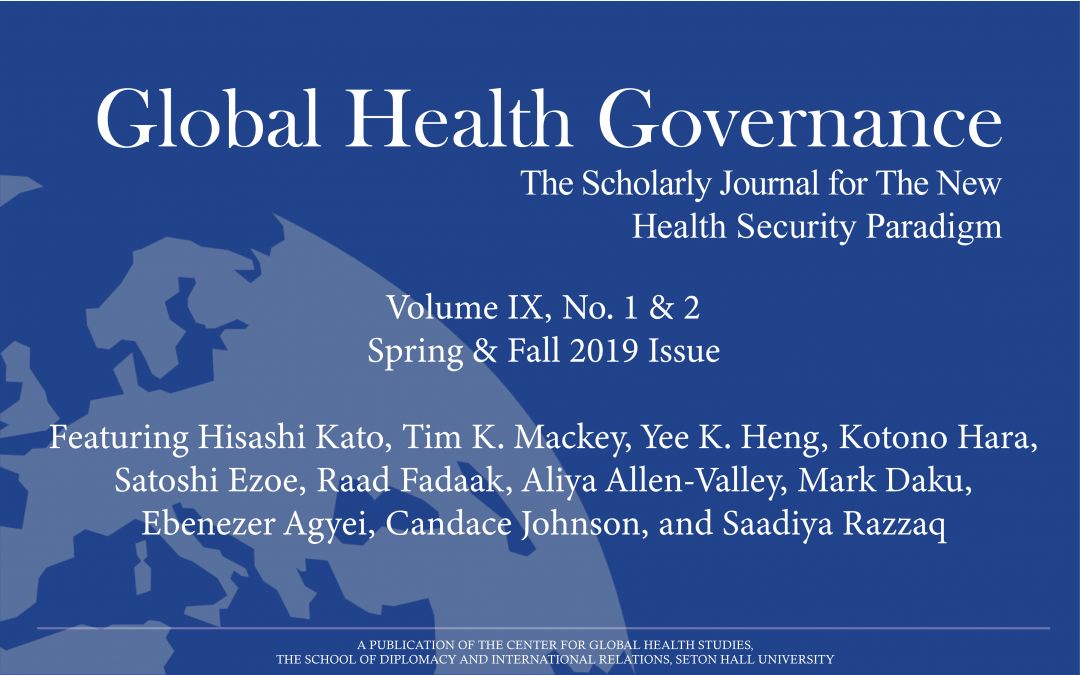By Ebenezer Agyei and Candace Johnson
Until recently, adolescent and youth health have largely been neglected or considered secondary in relation to maternal and child health, a development that has been attributed to the lack of understanding regarding the health and development challenges that confront young people, as well as the fragmented nature of global governance. In retrospect, it is also widely acknowledged that global commitments to fulfilling the targets set out in the Millennium Development Goals (MDGs) somewhat undermined the capacity of government and other actors to meet the needs of young people. In 2015, the United Nations announced the Sustainable Development Goals (SDGs) – a global policy agenda that established the framework for the consequent development of two adolescent-friendly protocols, namely (1) the updated Global Strategy for Women’s, Children’s, and Adolescents’ Health (hereinafter “The Global Strategy”), and (2) the Global Accelerated Action for the Health of Adolescents (AA-HA!). These global policy instruments largely account for the increased attention given to young people’s health. But in what ways has the issue of adolescent and youth health been addressed at global, national, and sub-national levels, and to what extent do global policy frames affect policy development and reproductive health outcomes for young people?

